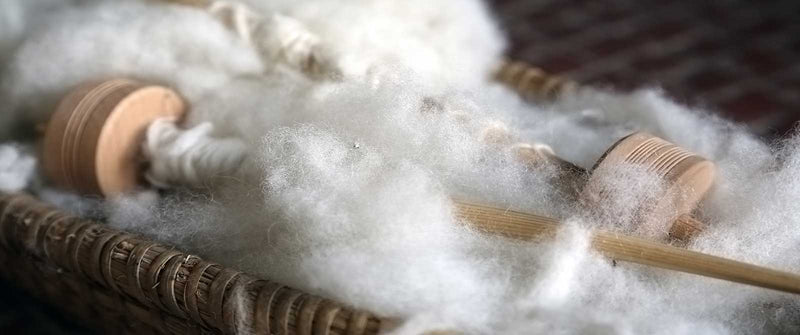Understanding the Various Sorts Of Cashmere an All-natural Fiber and Their Distinct Benefits

The Beginnings of Cashmere: A Historical Introduction
While the lavish touch of cashmere proceeds to charm modern-day consumers, its beginnings trace back to the rough, chilly environments of Mongolia and the Himalayas. For centuries, the indigenous individuals of these areas have been increasing Capra Hircus goats, the prime resource of cashmere wool. These goats, resilient versus the serious winters months, expanded a great undercoat to make it through, which later on became recognized as cashmere.

The Manufacturing Refine: From Goat to Garment
Shearing a Capra Hircus goat notes the inception of the detailed cashmere manufacturing procedure. The resultant raw cashmere is after that washed to get rid of impurities such as vegetable, oil, and dust issue.
The tidy fiber goes through coloring, rotating, and weaving, or knitting, to transform it into a fabric. Complicated treatments like top quality control checks and finishing procedures comply with, making sure the end item maintains the glamorous standard expected of cashmere. This painstaking procedure, from goat to garment, warrants the high cost affixed to cashmere products, making them an icon of high-end and improvement.
The Different Kinds Of Cashmere: A Comprehensive Analysis

The Special Benefits of Cashmere: Convenience and Sustainability
Relocating from the range of cashmere types to the benefits they offer, comfort and sustainability stand out plainly. Cashmere, a natural fiber, is renowned for its unrivaled gentleness, giving a degree of convenience that artificial fibers can not match. The material's lightness, yet remarkable heat retention, makes it ideal for all seasons. Cashmere's all-natural flexibility allows it to return to its original form, making it resistant to diminishing or stretching.
When it pertains to sustainability, cashmere is eco-friendly and sustainable, as it's gathered from cashmere goats who regrow their layers annually. what is cashmere. Unlike artificial click to read fibers which can take hundreds of years to break down, cashmere's effect on the atmosphere is marginal. This combination of comfort and sustainability makes cashmere a valuable selection for mindful consumers

Taking Care Of Your Cashmere: Maintenance and Conservation Tips
While cashmere is undoubtedly a sustainable and glamorous option, it needs certain treatment to maintain its quality and prolong its life expectancy. To start, cashmere should be hand cleaned utilizing cool water and a mild detergent. Cashmere products must be stored in a amazing and completely dry area, away from direct sunlight and wetness.
Buying Cashmere: Recognizing Its Value and Well Worth
Although cashmere might originally appear like a costly financial investment, its find more information long-term value and worth ended up being evident when you consider its impressive qualities. Known for its unrivaled soft qualities and heat, cashmere is a costs natural fiber that exceeds other materials. Its high need and restricted supply add to its high cost, but its resilience ensures it lasts for several years, providing outstanding value for cash. Cashmere items are timeless, commonly ending up being treasures gave with generations. what is cashmere. Additionally, its all-natural insulating homes give heat without the bulk of synthetic fibers. Investing in cashmere, consequently, is not almost current style patterns, however regarding accepting a lasting, lasting, and lavish lifestyle.
Conclusion
In recap, the sort of cashmere one selects, be it Mongolian, Chinese, or Italian, is determined by specific preferences for heat, sustainability, deluxe, and spending plan. The value of cashmere extends past its cost, with comfort and long life contributing to its well worth. Appropriate care and maintenance can ensure its conservation. Understanding the origins, production procedure, and special advantages of different kinds of cashmere can guide consumers in their financial investment in this glamorous natural fiber.
Whether it's the phenomenal heat of Mongolian cashmere, the price of Chinese cashmere, or the eco-conscious production of Italian cashmere, there's a tale to be discovered behind each fiber type. Cashmere, a natural fiber, is renowned for its unparalleled softness, giving a level of comfort that artificial fibers can't match.When it comes to sustainability, cashmere is renewable and biodegradable, as it's gathered from cashmere goats who regrow their layers each year. additional info Recognized for its unmatched soft qualities and heat, cashmere is a costs natural fiber that outshines other products. Recognizing the origins, manufacturing procedure, and unique benefits of different types of cashmere can guide consumers in their investment in this extravagant natural fiber.
Comments on “The Advantages of cashmere fibre: Why It’s the Most Coveted Material”